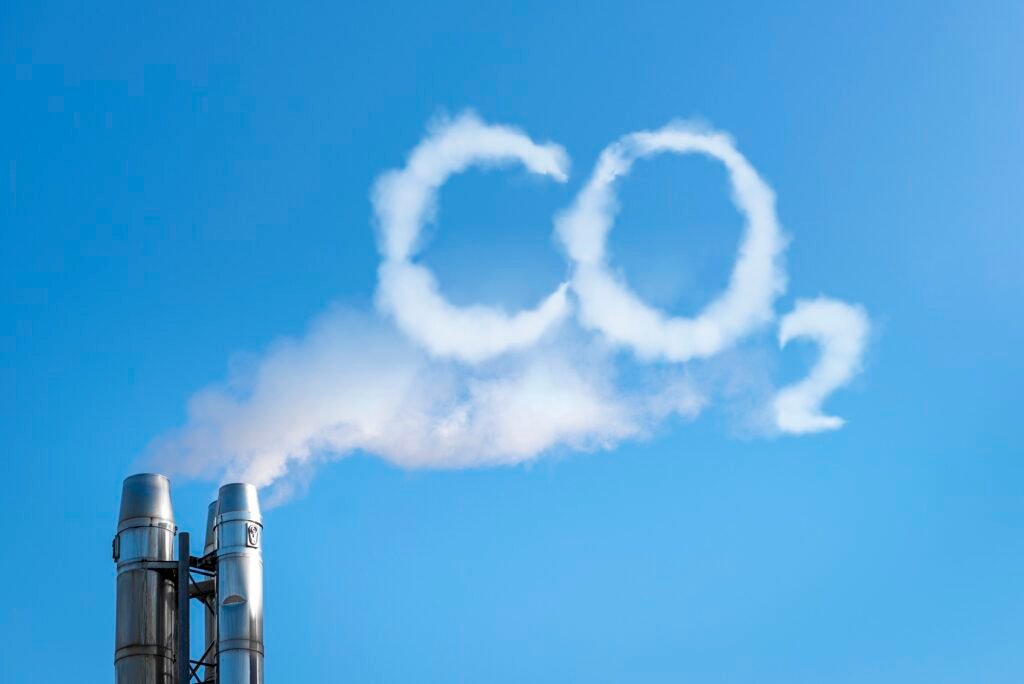On January 7, 2022, the Vietnamese government issued the Decree No. 06/2022/ND-CP Providing Regulations on Reduction of Greenhouse Gas Emissions and Protection of the Ozone Layer (hereinafter “the Decree”). The Decree provides detailed provisions for Article 91 “Reduction of Greenhouse Gas (GHG) Emissions,” Article 92 “Protection of the Ozone Layer,” and Article 139 “Establishment and Development of the Carbon Market” of the Law on Environmental Protection 2020. For the carbon market, the Decree specifies that companies will be given guidance on the scheme and undergo some pilot market operation, followed by full operation of the carbon credit trading market formally launched in 2028. The Decree entered into force on the same day.
The Decree can be downloaded at:
https://monre.gov.vn/VanBan/Lists/VanBanHanhChinh/Attachments/282/06-nd.signed.pdf
Roadmap for the development of the domestic carbon market
The timeline for developing a carbon market in Vietnam is as shown in the table below:
| Until 2027 |
|
| From 2028 |
|
Provisions on carbon credit trading in the domestic market
Basically, one unit of GHG emission quota and that of carbon credit are equivalent to one ton of carbon dioxide (CO2). Business establishments can bid, transfer, borrow, and return GHG emission quotas, as well as use carbon credits to offset GHG emissions, as detailed below:
- In addition to the GHG emission quota allocated in the same commitment period, establishments can bid to own more GHG emission quotas.
- Establishments can transfer their unused amount of GHG emission quotas of a certain business year to the following year.
- In a certain business year, establishments can use GHG emission quotas allocated for the following year if they run out of the year’s quotas.
- Establishments can offset excesses of their GHG emission quotas by carbon credits from projects authorized under the carbon credit trading scheme. However, such carbon credits for offsetting shall not exceed 10% of the total GHG emission quotas allocated to the establishment.
- When an establishment stops operating or goes bankrupt, their allocated GHG emission quotas will be recovered by the Ministry of Natural Resources and Environment.
- Establishments are encouraged to return unused GHG emission quotas to the government, contributing to achievement of the national target on GHG emission reduction.
- At the end of a commitment period, any establishment that has exceeded its allocated quota as a result of bidding, transferring, borrowing, or returning GHG emission quota, or using carbon credits, must pay for such exceeded emissions. In addition, such exceeded emissions will be deducted from the GHG emission quotas to be allocated for the following commitment period.
 Vietnam to establish domestic carbon market toward full operation in 2028
Vietnam to establish domestic carbon market toward full operation in 2028 

























